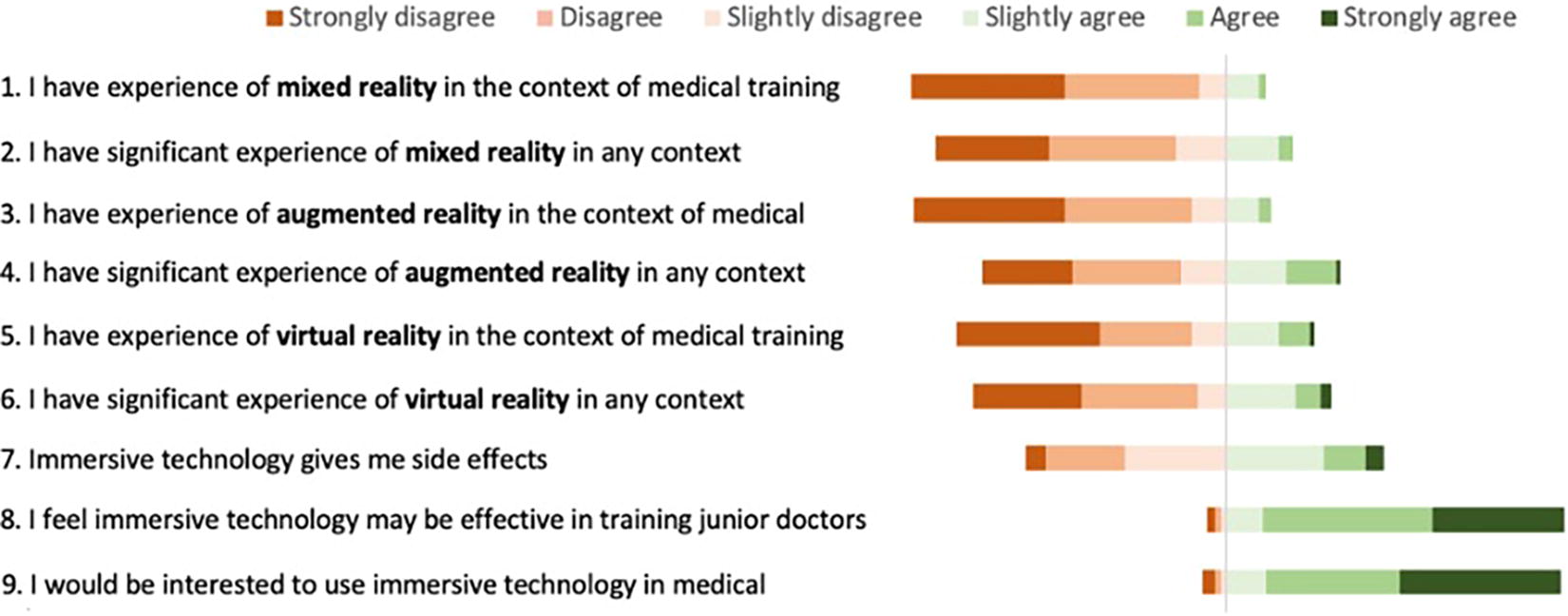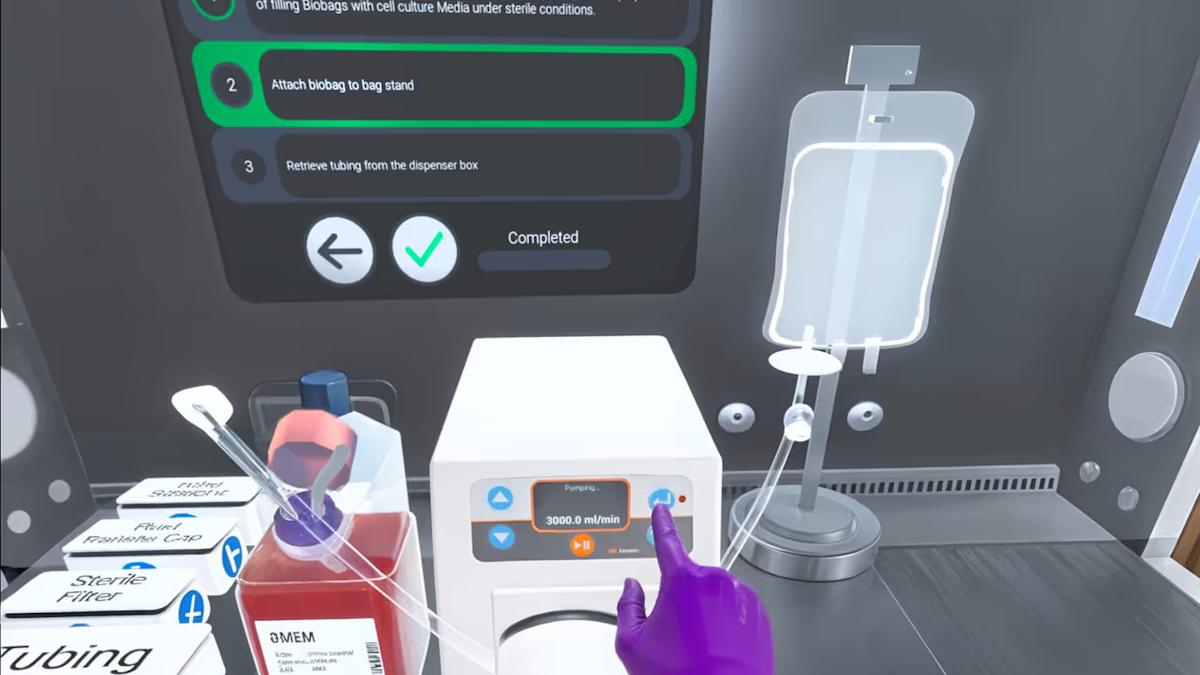Is VR the answer to the great wait?

Over 6.3 million patients make up the NHS backlog for consultant-led elective care, which reached 7,573,212 in September 2024. Of the patients on the list, nearly 249,300 have been waiting for treatment for more than a year. Though this is an 11.8% decrease from August, the sheer scale of the backlog continues to overshadow progress.
With the equivalent of one in ten of the UK’s population having a surgical procedure every year, signs of the great wait slowing are few and far between. Could virtual reality (VR) technology be the answer?
Applications of VR
VR is a 3D computer-generated simulated environment that attempts to replicate real world or imaginary environments and interactions. Commercially, the technology is used for entertainment purposes, like gaming, but it’s long served educational purposes, too. Virtual reality is at the core of flight simulators used to train pilots, and in 2019 the US Air Force trialled replacing the multi-million-dollar tools with VR headsets to train and certify pilots. (In just four months, 13 pilots were certified; with the usual pilot training system, it takes around a year.)
It fits that the UK’s healthcare sector has a growing appetite for the technology, particularly in the context of medical education. The evidence base of VR training’s advantages in medicine is expanding, too – from emergency medicine and surgery to non-technical skills, our doctors, nurses, midwives, HCAs. etc., can immerse themselves in numerous scenarios to develop procedural competencies and practise assembling and using medical equipment.
Using VR to overcome the COVID-19 backlog
We know surgeons are still playing a game of catch-up that started during the COVID-19 pandemic, when elective surgical activity significantly reduced. Surgical trainees are also playing the catch-up game, having been stripped of operative exposure and experience. Yet, the beauty of VR training is that it doesn’t need the burden of traditional and/or physical simulation.
The technology’s primed to close the gap between surgical trainees and essential experience – and the faster we can train this generation of surgeons, the sooner we can reduce the record numbers of patients waiting for planned procedures.
Surgical training challenges
Yet, we can’t blame the pandemic for the great wait entirely. Some 4.57 million cases were on a waiting list for consultant-led care in February 2020, and surgical training was up against timing and funding restraints. But the position the NHS is in simply can't be sustained – nor can the ailments of the patients it exists to serve, nor the education of our medical undergraduates and postgraduate workforce.
‘Access to theatre’ was the second biggest challenge facing the surgical profession, as voted for by 56% of respondents* in the 2023 UK Surgical Workforce Census Report. Trainees can’t progress unless they’ve got the necessary environments, time, and rotas to practice and refine their skillset.
And, since surgical training has changed from being based on time to the acquisition of competencies, 52% of surgical trainees reported a lack of adequate time for training. Many trainees who are awarded a Certificate of Completion of Training still need a fair amount of support from their seniors to develop their practice, but often find this difficult to schedule or obtain.
The scope for VR training in medicine
Earlier this year, I led a study looking at junior doctors’ understanding, attitudes, and experience of extended reality technologies (XRT). 94% believed it may be effective in their training, with 93% saying they’d be interested in using the technology in medical scenarios.

Source: Understanding, Experience, and Attitudes Toward Extended Reality Technology: A Multicenter Study, Jonathan R. Abbas et al. 2024
Recent publications support the findings, with The Topol Review (2019) predicting that adoption of immersive technology would soon be steeping upwards. The Future of Surgery: Technology Enhanced Surgical Training Report (2022) found three surgery-related activities to be some of the most prominent applications of XRT in the medical world: surgical assistance, procedural step rehearsal, and robotic surgery.
Using VR tools, from 360° recordings of real-life surgeries to simulations of scenarios, both established and budding surgeons can practice procedures and refine the skills needed to perform operations that can help to clear these waiting lists.
Addressing surgical device training shortfalls
Not only this, but VR can be used to address the shortfall in surgical training on devices used daily in our hospitals. Take a laparoscopic herniorrhaphy, one of the most frequent routine surgeries in the UK. A surgical trainee could immerse themselves in a virtual operation to increase their exposure to the operation and mentally (or physically) rehearse the steps, with complete elimination of risk to the patient.
The more tools we have to increase exposure to the operating theatre and simulate procedures, the faster skill acquisition will be. The narrative around the backlog needs to change, and it starts with VR.
*Consultants, surgeons in training, specialist, associate specialist and specialty surgeons, locally employed doctors in surgery, and members of the extended surgical team.












